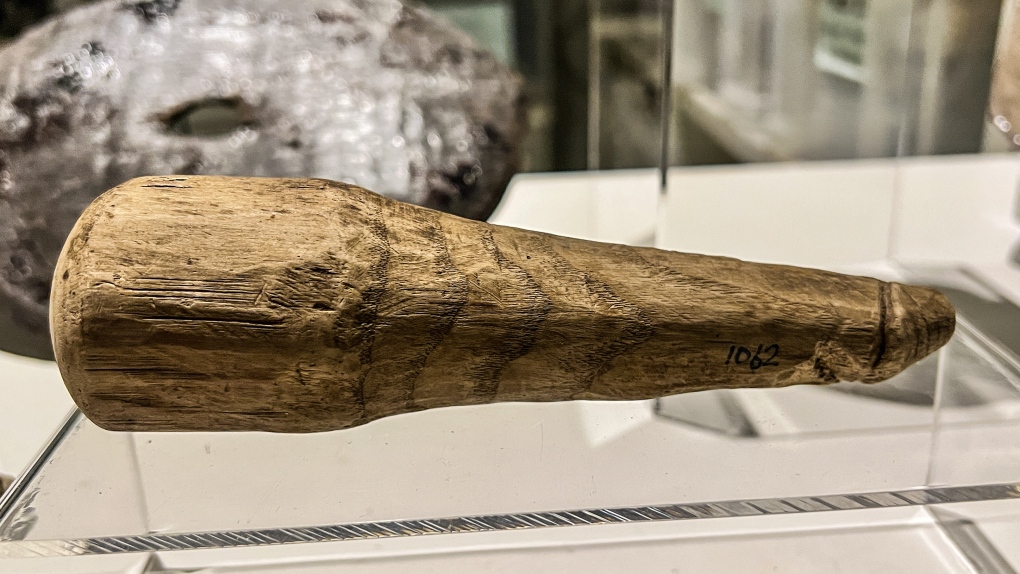New research suggests that a nearly 2000-year-old, phallic-shaped Roman artifact may have been used as a device during sex rather than a good luck charm.
The study was published Monday by Antiquity, a peer-reviewed journal focused on archeology.
Phalli were common across the Roman Empire and were believed to protect against bad luck. They were depicted in different forms of art and jewelry. But researchers believe this particular wooden object may have been used for something more.
"The size of the phallus and the fact that it was carved from wood raises a number of questions as to its use in antiquity,” Rob Collins, Senior Lecturer, Archaeology, Newcastle University, explained in the news release.
Analysis shows that both ends of the object are smooth – a sign of repeated contact – indicating that it might have been used for sexual purposes.
Researchers say it's possible the artifact may be the first known example of a non-miniaturized disembodied phallus made of wood recovered anywhere in the Roman world.
Archeologists originally discovered this unique artifact at the Roman fort Vindolanda, located in northern England, in 1992. This latest analysis was performed by experts from Newcastle University and University College Dublin.
"We cannot be certain of its intended use, in contrast to most other phallic objects that make symbolic use of that shape for a clear function, like a good luck charm," Collins said. "We know that the ancient Romans and Greeks used sexual implements – this object from Vindolanda could be an example of one."
In the paper, the research team explores two other possible explanations for the wooden object.
Another possibility could be it was used as a pestle to grind up ingredients for culinary or medicinal purposes. A third possibility could be it was slotted into a statue for passers-by to touch for good luck.
The phallus is currently on display in the Vindolanda museum.
DOI
Reporting for this story was paid for through The Afghan Journalists in Residence Project funded by Meta.









































